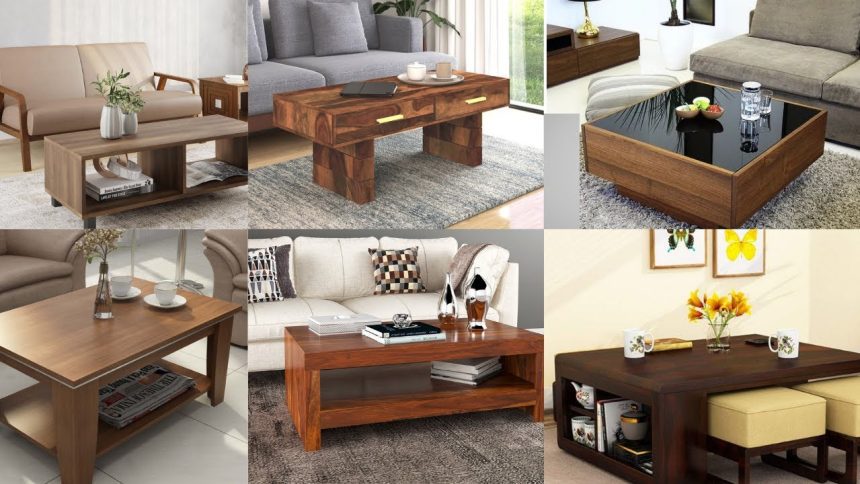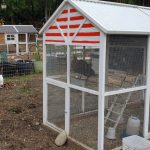Wooden center tables have long been a staple in home decor. As the focal point of many living rooms, the center table draws the eye and helps set the aesthetic for the entire space. While wood remains the preeminent material of choice for center tables, trends continue to evolve in terms of shapes, sizes, finishes and details.This guide will look at the newest and best designs for wooden center tables.
Minimalist Style

The minimalist style has dominated interior design over recent years. Following suit, minimalist center tables place a focus on clean lines, neutral colors and plenty of open space for a light and airy feel. Popular minimalist woods include oak or ash in muted natural wood tones or simple black or white stains. Glass, stone or concrete table tops pair beautifully with minimalist bases for texture and interest. Common traits of minimalist wooden center tables include:
- Slender table legs or trestle style bases
- Neutral, light wood tones
- Simple rectangular shapes
- Lack of ornate details or carvings
- Integration of metal accents in black, gold or silver
Organic Shapes

While most center tables traditionally come in generic rectangular shapes, the latest designs embrace more organic, asymmetric forms. Flowing wooden shapes infuse rooms with a natural, earthy aesthetic. Popular organic table base shapes include oval, kidney and abstract sculptural looks. Organic center tables may incorporate details like:
- Contoured edges
- Curving, wave-like lines
- Asymmetrically shaped table tops
- Natural edge slab table tops
It takes skill and craftsmanship to translate such shapes from wood while retaining strength and stability. Walnut, elm and maple beautifully accentuate free-flowing wooden silhouettes with their natural wood grains.
Multi-Level Designs
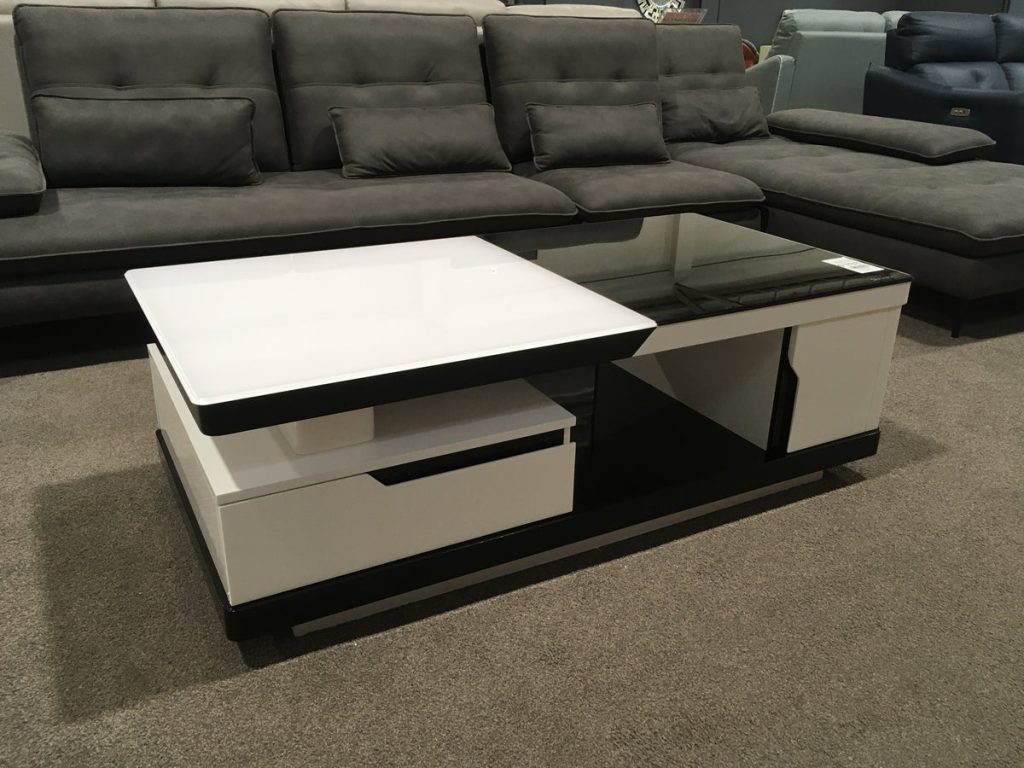
In line with asymmetric shapes, multi-tiered center tables add dimension and allow for display of various decorative accessories. Table bases with multiple levels protrude at different heights and angles for visual intrigue. Staggered shelves, drawers built into bases and removable table trays further enhance functionality and storage. Other notable multi-level wooden center table elements include:
- Angled legs in different heights
- Stacked table tops
- Drawers integrated into one section of the base
- Pull-out shelves hidden beneath main table tops
Multi-level wooden center tables interject spaces with a dynamic, sculptural presence.
Integrated Storage Solutions

For small space living, wooden center tables now commonly incorporate discreet storage solutions. This instantly increases functionality amidst compact rooms. Integrated storage options include:
- Spacious drawers built seamlessly into table bases
- Bottom display shelves
- Bookcase bases doubling as tables
- Removable fabric storage bins in base cavities
Storage focused wooden tables cater towards those needing hidden organization without cluttering rooms. Minimalist woods like ash or oak suit integrated storage options best with clean lines and neutral tones.
Extreme Materials
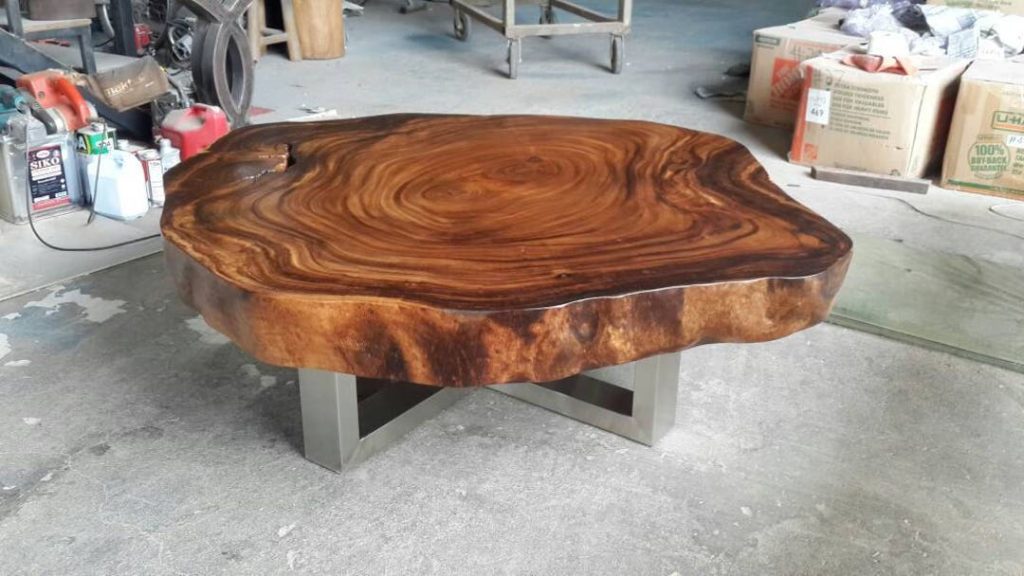
Wood remains the obvious material of choice for center tables, yet mixed media options emerge for those desiring high visual impact. New wooden table bases may consist of:
- Wood slabs merged with glass, concrete or stone table tops
- Angled metal legs or gold/silver accents combined with wood
- Acrylic inserted into hollow table bases
Blending wood with glass, metal or colored acrylic creates contrast and layers textures beautifully. Merging the natural with the industrial plays into the emerging “modern organic” interior style.
Sculptural Bases
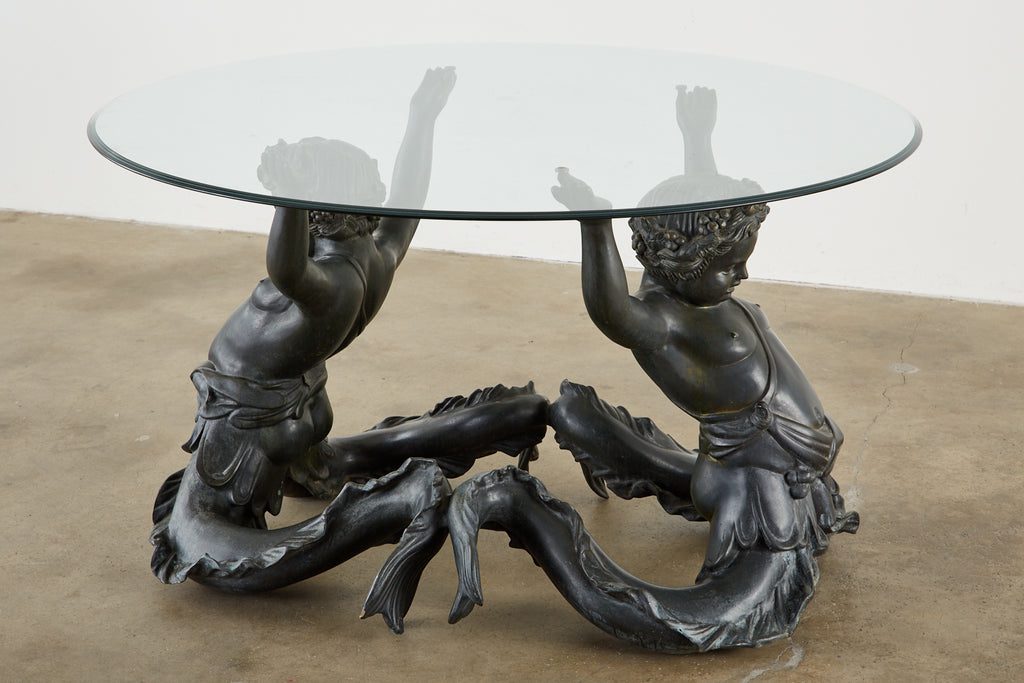
Slab table tops in materials like wood, marble or glass reign supreme these days. As a result, table bases transform into literal works of art unto themselves. While bases traditionally simply provided support, the latest wooden designs make a sculptural statement with details like:
- Intricately woven wooden patterns
- Geometric cut-outs
- Curving branch-like legs
- Cross-crossing supports
Sculptural wooden bases, viewed from all angles, become an integral aspect of a center table’s style. Mixed media options like adding hairpin legs or a metal base to wood allow for even more visual interest.
Two-Toned and Stained Finishes
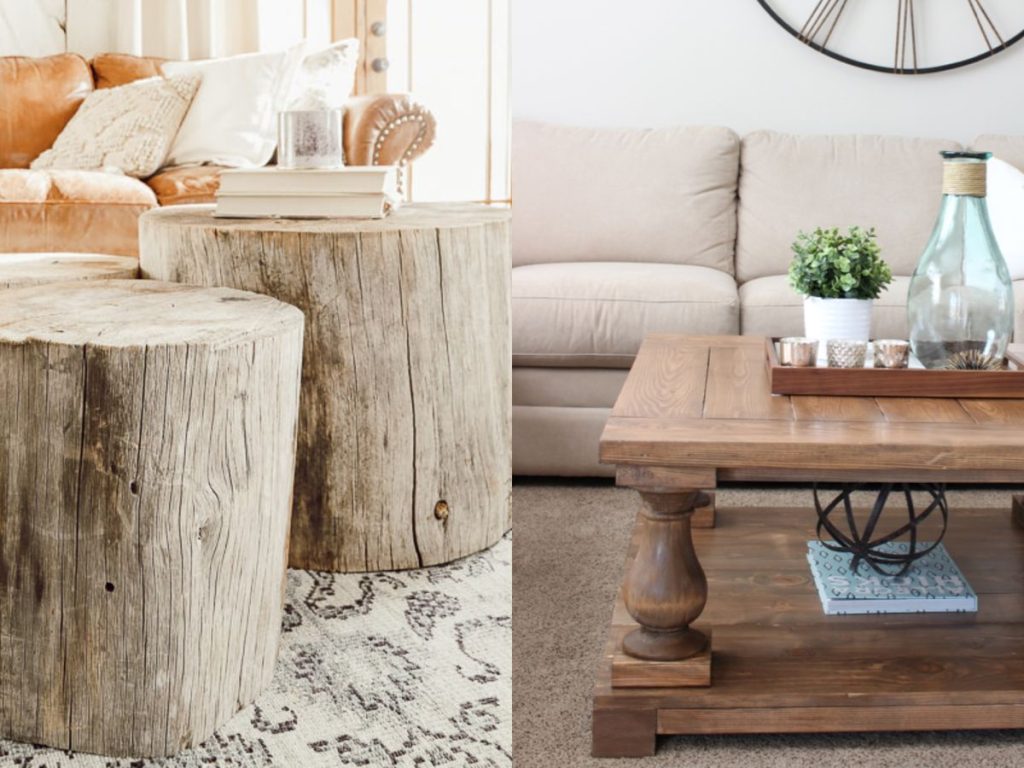
While natural wood grains never cease to impress, two-toned wooden center tables introduce colorful contrast. This may include:
- Lighter natural wood finishes paired with blackened wood accents
- Natural wood bases combined with brightly stained table tops
- Whitewashed woods with Espresso colored crossbeams
Dual finishes require precise staining/painting skill. The array of colors wood can assume through stains and paint opens unlimited possibilities. Even metallic paints, like gold and silver, make a refined design statement.
Handcrafted Signatures
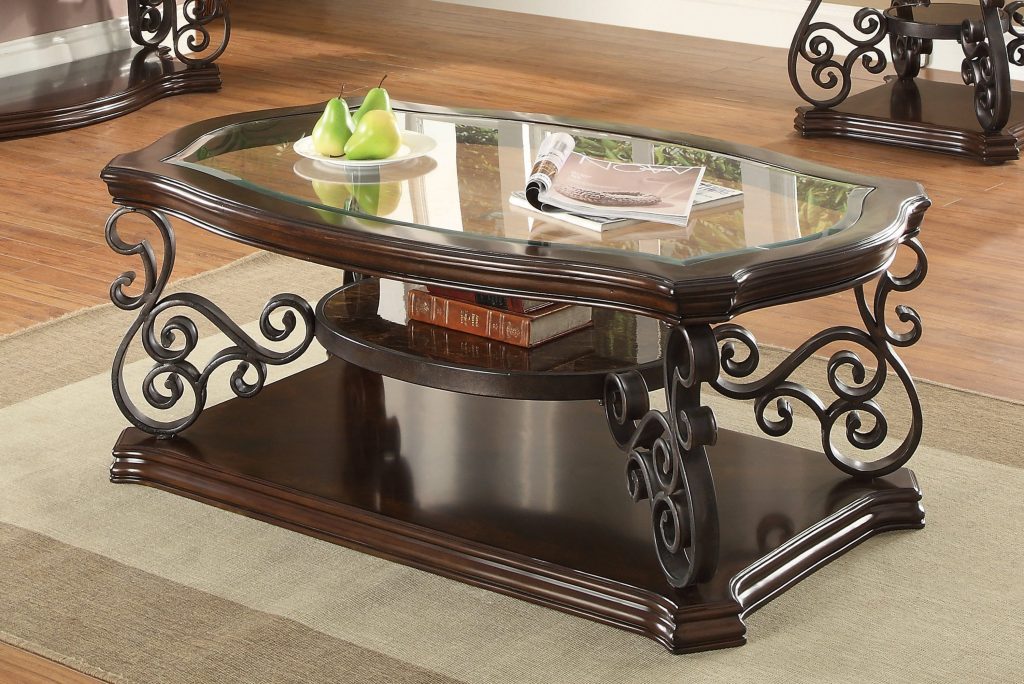
Amidst an era of mass manufacturing, nothing compares to the character of handmade, bespoke wooden furnishings. Master woodworkers transform this natural material into one-of-a-kind works of art. Signs of handcrafted wooden center tables include:
- Signature markings or stamps by designers
- Visible saw marks, imperfections and natural variations
- Unique shapes and color patterns in the wood grain
- Use of unconventional woods like driftwood or tree roots
While nondescript tables flood big box stores, handmade pieces become familial heirlooms passed down through generations. The personal touches artisan woodworkers impart on each piece results in singular beauty.
Sustainable Materials
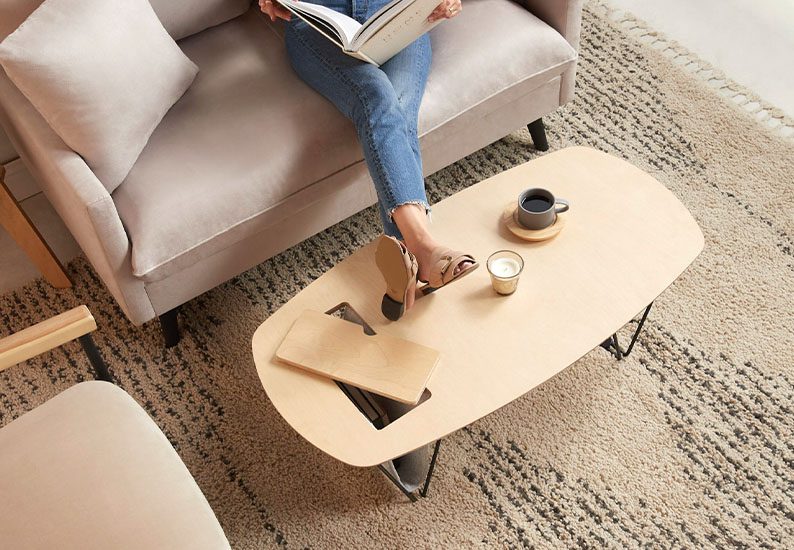
Eco-conscious interior design means utilizing sustainable materials with little environmental impact. This proves easier thanks to advancements in sustainable forestry and wood reclamation. Responsible logging practices regenerate forests without long-term effects. Reclaimed woods give felled trees renewed life. Ethically sourced woods for center tables include:
- Rapidly renewable bamboo
- Thrifted antique woods
- FSC certified, responsibly harvested raw lumber
- Beetle kill pine from managed forests
Wood certified under the Forest Stewardship Council (FSC) comes from forests managed for longevity. Seeking used and rapidly renewable woods diverts waste from landfills. A focus on sustainable materials makes going green beautiful.
FAQs
Oak and walnut are very on-trend woods right now for center tables. Reclaimed wood tables are also popular for a more natural, rustic aesthetic.
Splayed tapered legs, arched legs and angled metal legs are very modern and stylish right now. Wooden trestle base frames or exposed wooden leg beams also look current.
The scale of your center table should fit your space and seating arrangement. Measure furniture proportions before selecting a size. For tight spaces, petite rectangular or oval cocktails tables around 36-42 inches wide are suitable. Bigger rooms suit longer, narrow rectangular tables or wide square tables 48 inches or more in diameter.
Added table features are excellent for functionality. Lift-top coffee tables allow you to raise the surface for easy access. Drawers, shelves and cubbies give useful storage space for remote controls, books, blankets and more. But also consider your décor style, as very minimal and sleek tables suit contemporary rooms best.
It’s very on-trend to combine wood finishes for contrast, like a black base with a natural wood top. Or choose distressed and whitewashed woods with darker stained woods for a collected look.
For living room spaces that get a lot of use, select hardwood table tops and bases in oak, maple, mahogany or teak. Softer woods like pine are best suited for low traffic areas. Also consider protective surface treatments like lacquer or wax for hardwearing tables.
Conclusion
There are seemingly endless possibilities when it comes to designs for wooden center tables. While wood remains a popular material for interior design, the ways designers use wood keep changing. From combining wood with other materials to handmade details, the newest center tables look unique and special. Smart interior decorators carefully choose wooden furniture that looks good, works well, and fits the style of the space. While trends come and go, high-quality wooden furniture that is sustainable lasts a lifetime. With so many innovative options available, it takes careful thought to decide which new wooden center table designs best match your personality and home.


